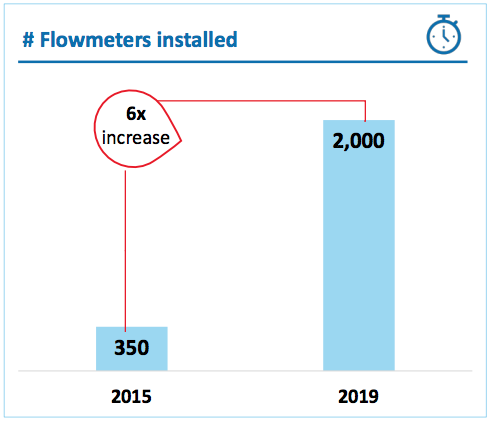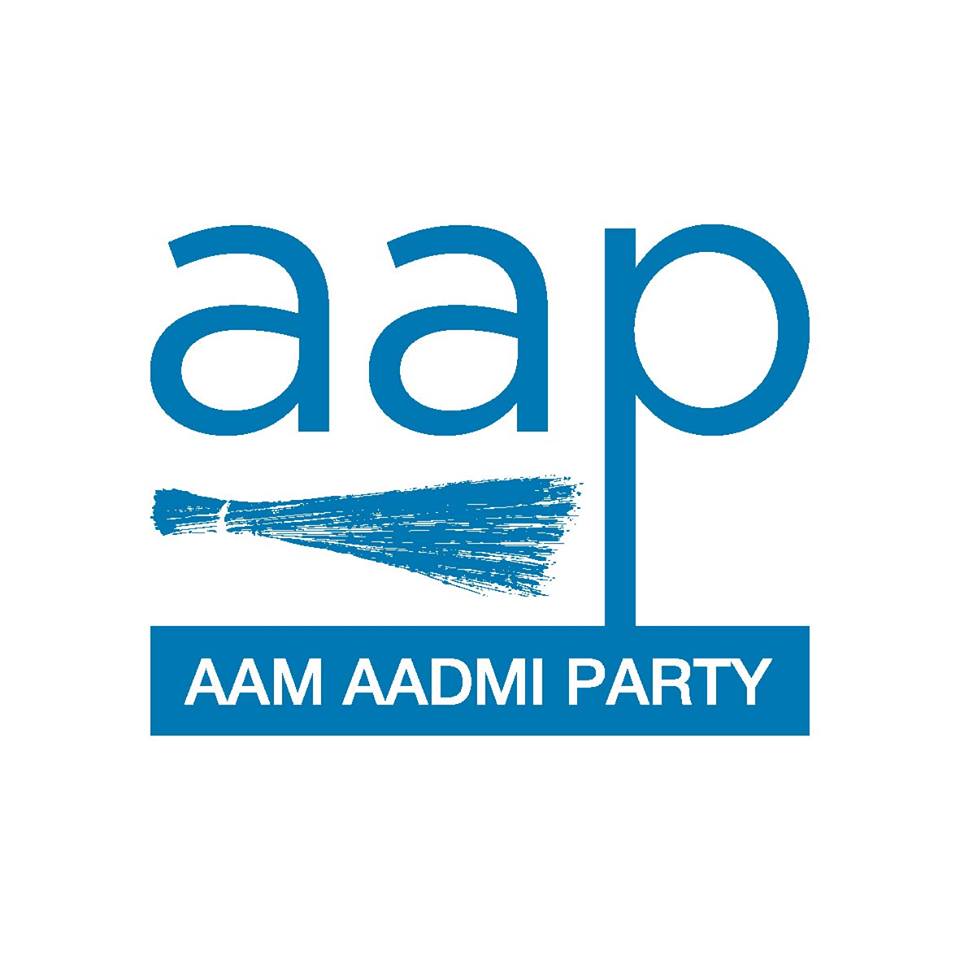

(Improving the financial health of the Delhi Jal Board)
Reversing Revenue Losses
The Delhi Jal Board’s (DJB) annual revenues were declining at the rate of 7% per annum prior to 2015.
From 2015-16 onwards, the downward slide has not only been arrested, but also reversed. There has been an 8% per annum annual growth in revenue since 2015.
The revenue of the DJB:
- 2014-15 – Rs 1,219.93 Cr.
- 2018-19 – Rs 1,819.60 Cr (a 50% increase in the revenue since 2015)

Amnesty Scheme Launched to Boost Revenue
About 1.35 million water consumers in Delhi had run up arrears until March 2019.
On 27th Aug 2019, an Amnesty Scheme was launched. Through the scheme, all categories of houses received an exemption from late fee payments, while their pending bills were also waived, either partly or fully, based on the housing category.
Further, “E, F, G and H category areas will be completely exempted from paying the pending bills up to 31st March, 2019 till 31st December, 2020 and consumers in D category areas will get 75 per cent exemption. Those in C category will receive 50 per cent exemption, while A and B category areas will be given up to 25 per cent exemption on water bills.” – DJB
This Scheme was expected to boost revenues by ₹600 crore in revenue through recovery of a portion of the water arrears.
Consumers could pay the arrears either in one go, or in a maximum of three installments.
On 1st Oct 2020, the AAP Govt extended the scheme of offering a one-time waiver of water bill arrears and late payment surcharge till 31st Dec 2020, for all categories.

Waiving of Development & Infrastructure Charges to Expand Legalized Network
The Mukhyamantri Muft Sewer Connection Yojana was announced on 19th Nov 2019.
Under this new scheme, consumers who applied for a connection would not have to pay development charges, connection charges or road cutting charges. This helped in formalizing the illegal network which was out of the revenue net due to high development and infrastructure charges.
It covers those households where sewage lines have been laid but residents have not installed sewers on account of high cost. As many as 2,34,000 houses in 787 colonies were expected to benefit from the scheme. As per the government’s estimation, a 25 sq mt house would save over Rs 19,000 under the scheme and a 100 sq mt house would save more than Rs 26,000.
Consumers now need to pay just Rs 2,310 to get new water and sewer connections. Earlier, a person having a plot of 200 square meters would have to pay nearly Rs 1.14 lakh to get new water and sewer connections. Similarly, for a 300-square-metre plot, an applicant would have to pay nearly Rs 1.24 lakh.
(Source: Delhi Dialogue and Development Commission – Performance Report 2015-2019)

Installation of Flowmeters to Detect Theft, Leakage and Distribution Losses
DJB installed flowmeters in 2017 to gather real-time data on loss of water in the distribution network.
There has been a 6-fold increase in the number of flow meters under the AAP govt.

(Source: Delhi Dialogue and Development Commission – Performance Report 2015-2019)
The flow meters, though planned at the primary & secondary underground reservoir stages, were expected to provide concrete indicators of where the most water losses occur.
An estimated loss of 45%-50% due to theft, leakage and distribution losses were expected to get reduced through this measure.


